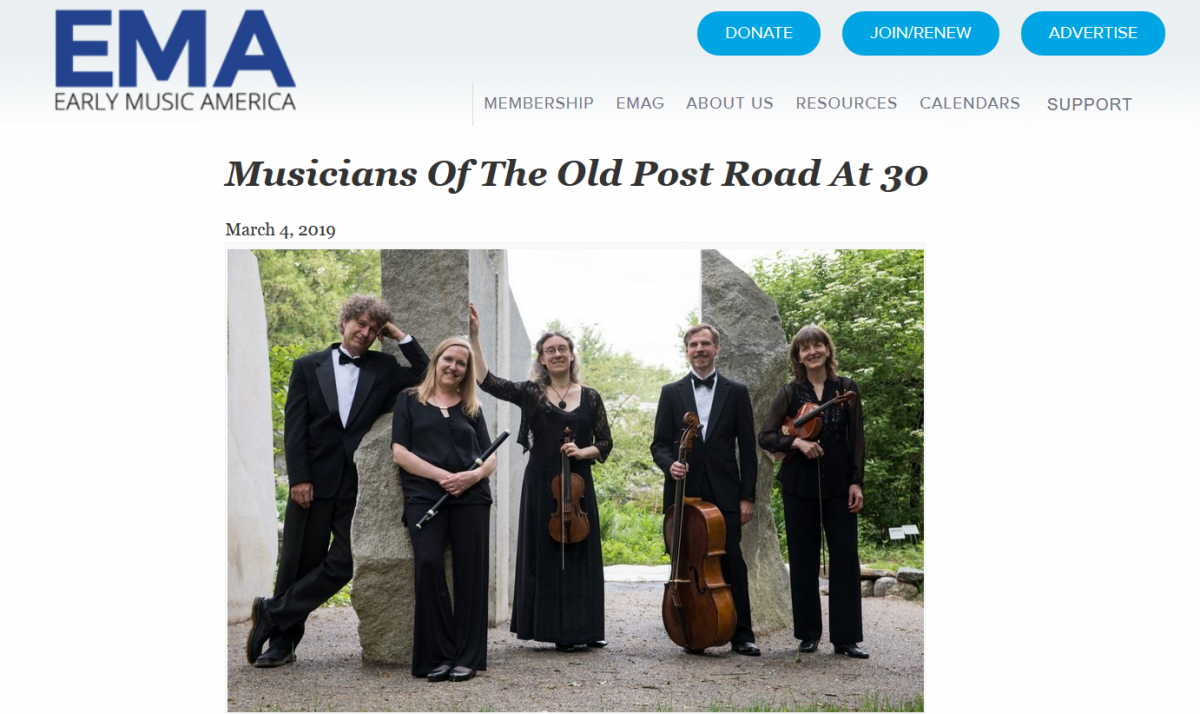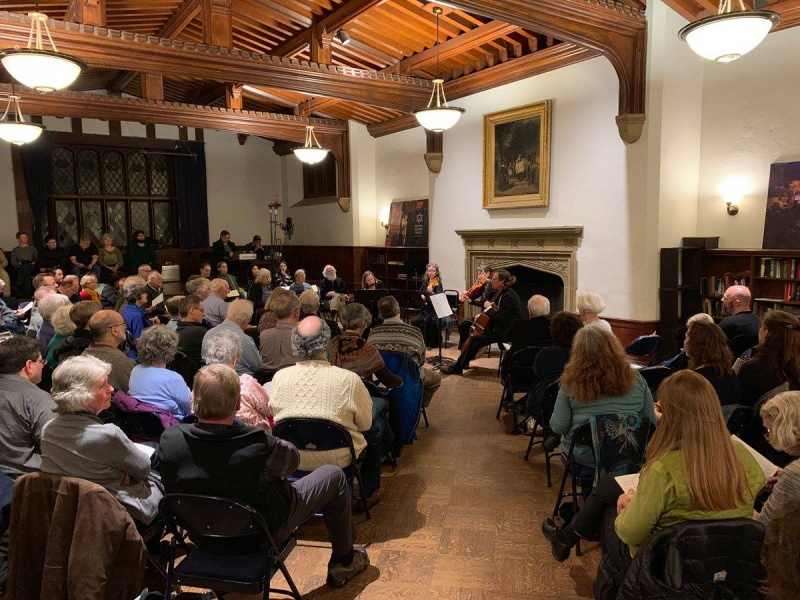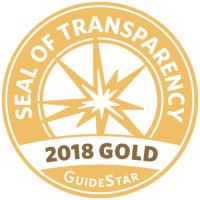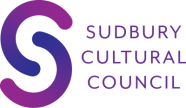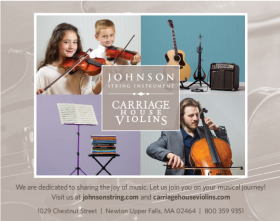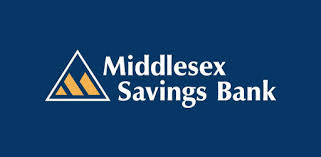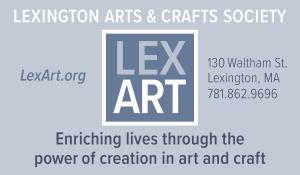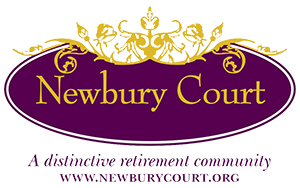by Suzanne Stumpf
In looking back at the art of past centuries today, we all know who the most worthy composers were, right? Names such as Mozart and Beethoven always float to the surface.
And of course they were incredible geniuses who made phenomenal works of beauty and creativity. But they did not operate in a vacuum - and therein lies the rub. Each of our beloved masters worked within a community or communities of other cutting-edge musicians who were each pioneering the way forward with their own unique voices, imbued with daring, new ideas. Without a doubt, this atmosphere collectively challenged and inspired everyone’s development.
What we have learned from exploring repertoire by composers who are less known, little-known, or unknown today is that there is a wealth of creativity taking place at any given time, and the experience of any particular Age is deeply enriched by exploring more of those voices than just the ones who remain in today’s cultural vernacular.
It is challenging for us as musicians to meet these little-known voices because our training has versed us so well in the language of the recognized geniuses. The same challenge can exist for audiences as well. However, through our thirty years or so of opening ourselves to understanding the broader cultural-musical context of our beloved “stars,” we have endeavored to become more facile in comprehending and interpreting the dramatic invention of “new-to-us” voices and to learn their individual tools and shticks. Although we may be initially tempted to siphon them through the lens of the language of our famous heroes, in that scenario they will always fall short, and worse....we will miss the point!
It has become part of our mission to not only identify these sidelined composers and to discover their interesting works, but even more importantly to endeavor to understand and convey their language and their pioneering efforts as convincingly as possible for today’s audiences. Although without question there is a reason for the recognition of our popular composers, there are treasures by the colleagues who surrounded them that have been unjustly forgotten or lost by mere happenstance. Finding and presenting the bigger picture can only enrich everyone’s enjoyment.

 On our
On our 